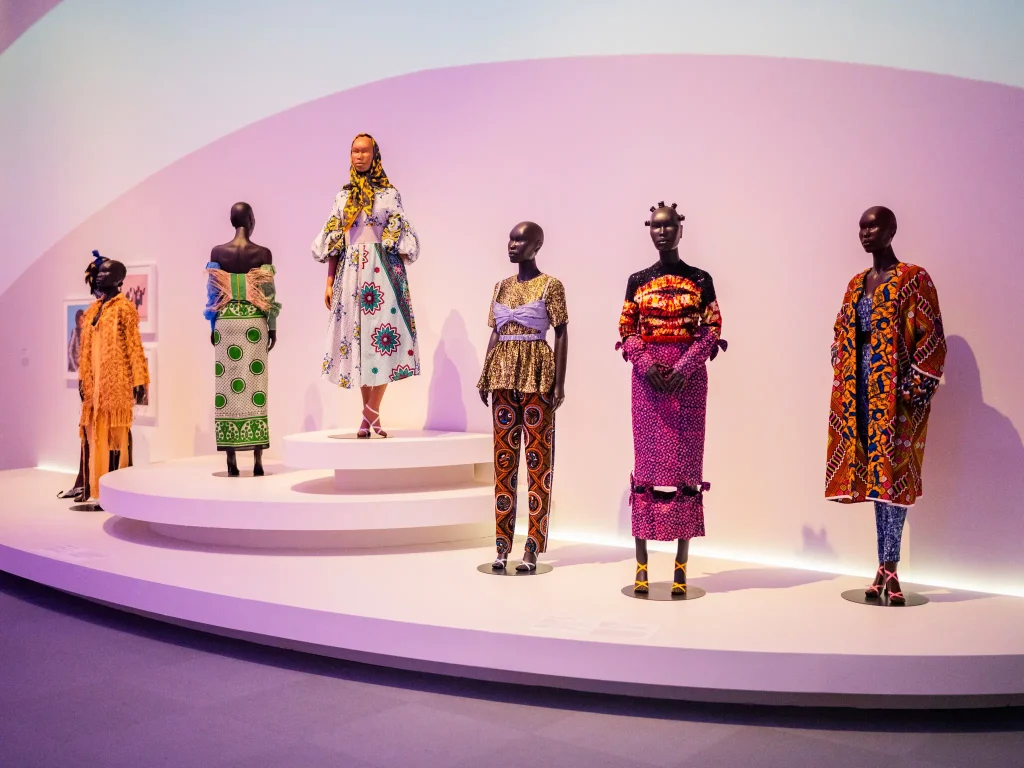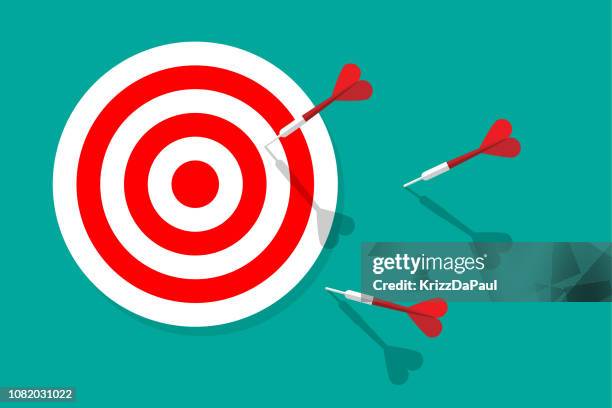Schengen Countries Ease Visa Rules to Boost Tourism Sector in Major Travel Shift: New Update You Need to Know - Travel And Tour World
Sunday, July 20, 2025

To strengthen the tourism industry, Schengen states have relaxed visa regulations to grant long-term multi-entry visas and simplify short-stay processes for 13 partner countries–leading to a 13.6% increase in visa applications and an 18% increase in visitor arrivals across Europe in early 2025. These specific steps are part of the EU’s overall approach to revive travel demand after the pandemic and reshape the Schengen zone as an even more open and attractive destination compared to international competition.
Official data from the European Commission shows that over were granted in 2024— than the previous year. Notably, more than half were , indicating growing demand for flexible, repeat travel. The also dropped from 16% in 2023 to , signaling a smoother, more applicant-friendly process across EU consulates.
Among the top applicant countries were:
, which joined the EU’s revised visa system on , now enjoys simplified access to long-term, multiple-entry visas. In 2024, over were approved with an . This marks a turning point after years of bureaucratic friction between Ankara and Brussels.
, included in the EU’s “cascade visa” program from , now benefits from for travelers with good track records. Indian applications rose , although more than , costing travelers an estimated . Still, the new system is boosting confidence and making Europe a top destination for Indian tourists and professionals.
These changes apply across the , which now include:
, and .
On , became full Schengen members, with land and sea border checks removed. , while not yet fully integrated, is preparing for future accession.
Beyond multi-year visas, the EU has also signed with 13 countries to support . These agreements include:
.
They offer:
Some, like , already enjoy , while others see growing application volumes due to easier rules and better digital platforms.
During a tourism forum in Rome, proposed a to allow seamless travel across multiple EU countries—such as —under one permit. She highlighted rising demand from and , and called for a system aligned with modern travel habits.
The proposal earned support from Italian Foreign Minister Antonio Tajani, who pledged to promote the idea at the upcoming Friends of the Western Balkans summit in New York. The concept would complement existing reforms by streamlining multi-country itineraries, while adhering to Schengen security standards.
According to the European Travel Commission, tourism from Turkey, India, and the Balkans surged 18% in the first half of 2025, compared to the same period in 2024. Major airports in Frankfurt, Amsterdam, Vienna, and Paris reported record visitor volumes, while Southern European destinations like Spain, Greece, Italy, and Portugal saw extended stays and higher off-season bookings.
The reforms are particularly appealing to students, digital nomads, and business travelers, who now benefit from easier, multi-entry access to the EU.
Schengen countries have eased visa rules to boost the tourism sector by introducing multi-entry visas for key markets like Turkey and India and simplifying short-stay access for 13 other nations, driving a sharp rise in applications and arrivals. This strategic shift aims to revitalize post-pandemic tourism and make Europe more accessible to the world.
Between visa liberalisations, increased access and high political will, the Schengen Area is becoming a world wide open passenger corridor. Whether it’s long-term multi-entry visas or simpler short-stay arrangements, the EU is ensuring ease of access for people all around the globe to visit, to stay and to come back.
As millions of travelers return to Europe, the future of Schengen travel is evident: It’s more inclusive, more flexible and more interconnected — one visa at a time.
You may also like...
1986 Cameroonian Disaster : The Deadly Cloud that Killed Thousands Overnight

Like a thief in the night, a silent cloud rose from Lake Nyos in Cameroon, and stole nearly two thousand souls without a...
Beyond Fast Fashion: How Africa’s Designers Are Weaving a Sustainable and Culturally Rich Future for

Forget fast fashion. Discover how African designers are leading a global revolution, using traditional textiles & innov...
The Secret Congolese Mine That Shaped The Atomic Bomb

The Secret Congolese Mine That Shaped The Atomic Bomb.
TOURISM IS EXPLORING, NOT CELEBRATING, LOCAL CULTURE.

Tourism sells cultural connection, but too often delivers erasure, exploitation, and staged authenticity. From safari pa...
Crypto or Nothing: How African Youth Are Betting on Digital Coins to Escape Broken Systems

Amid inflation and broken systems, African youth are turning to crypto as survival, protest, and empowerment. Is it the ...
We Want Privacy, Yet We Overshare: The Social Media Dilemma

We claim to value privacy, yet we constantly overshare on social media for likes and validation. Learn about the contrad...
Is It Still Village People or Just Poor Planning?

In many African societies, failure is often blamed on “village people” and spiritual forces — but could poor planning, w...
The Digital Financial Panopticon: How Fintech's Convenience Is Hiding a Data Privacy Reckoning

Fintech promised convenience. But are we trading our financial privacy for it? Uncover how algorithms are watching and p...






